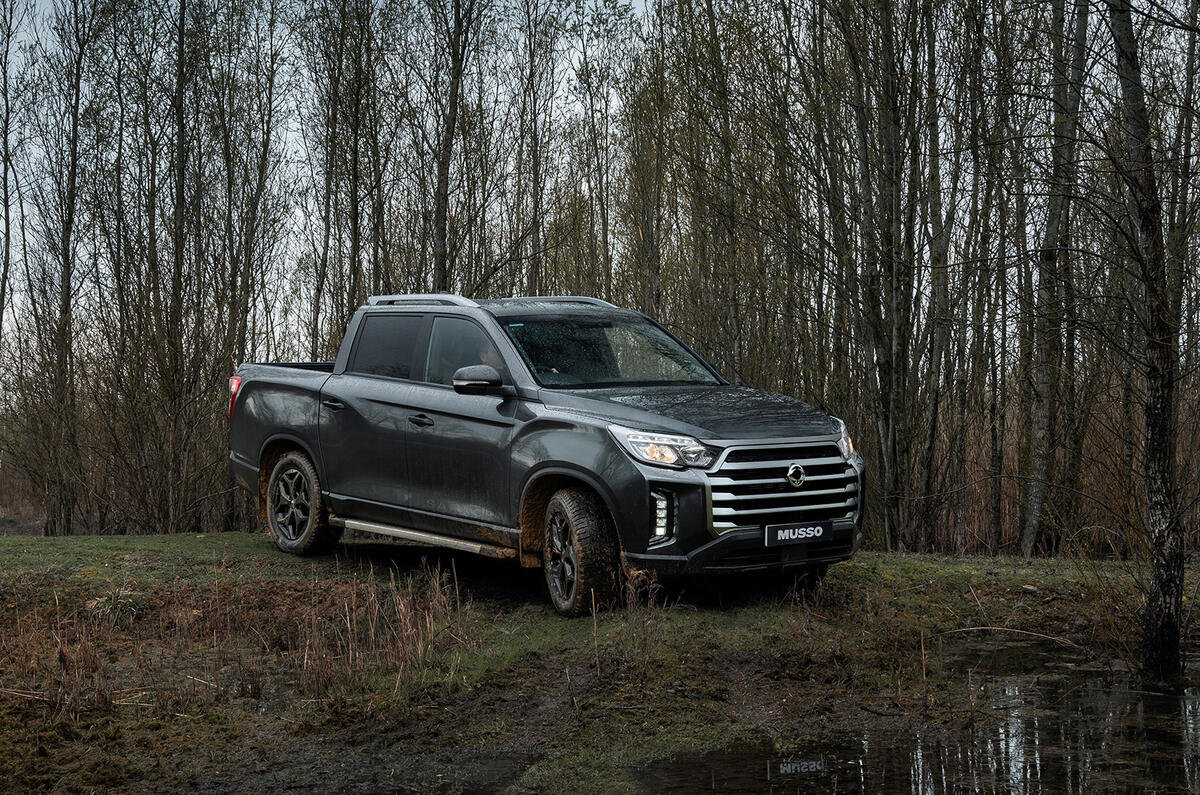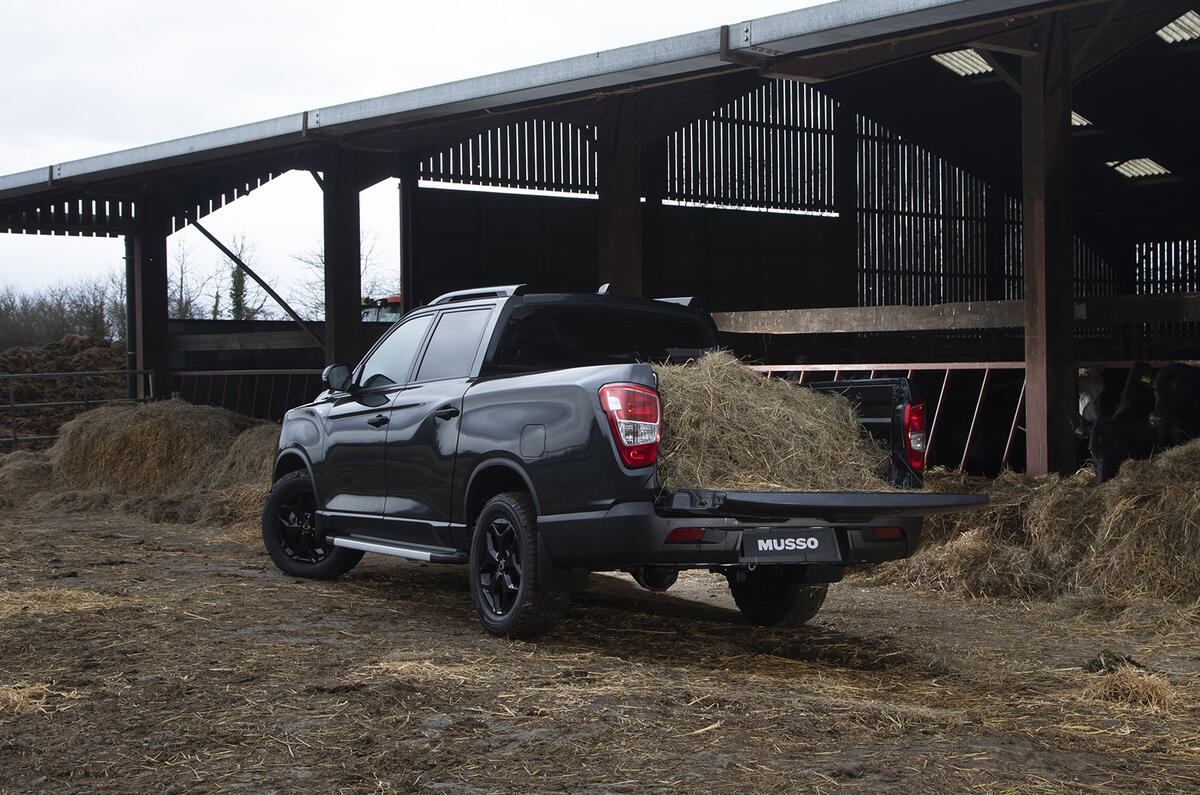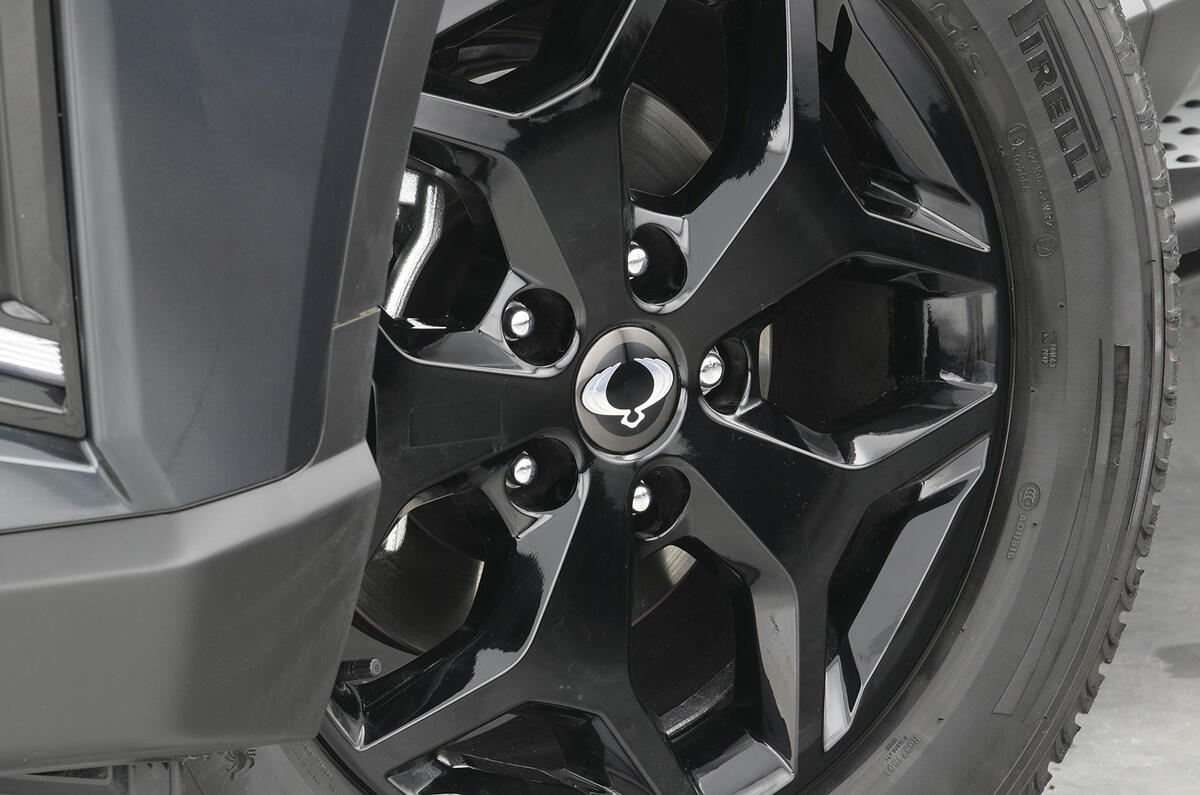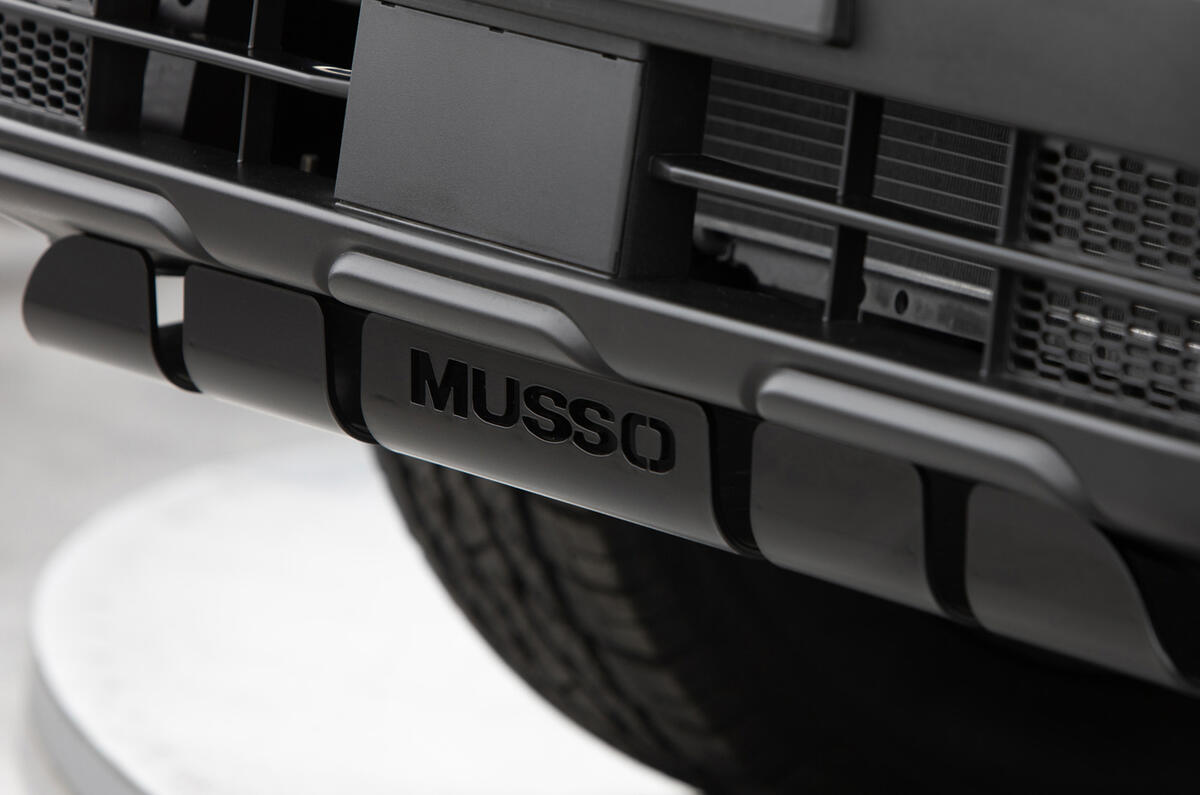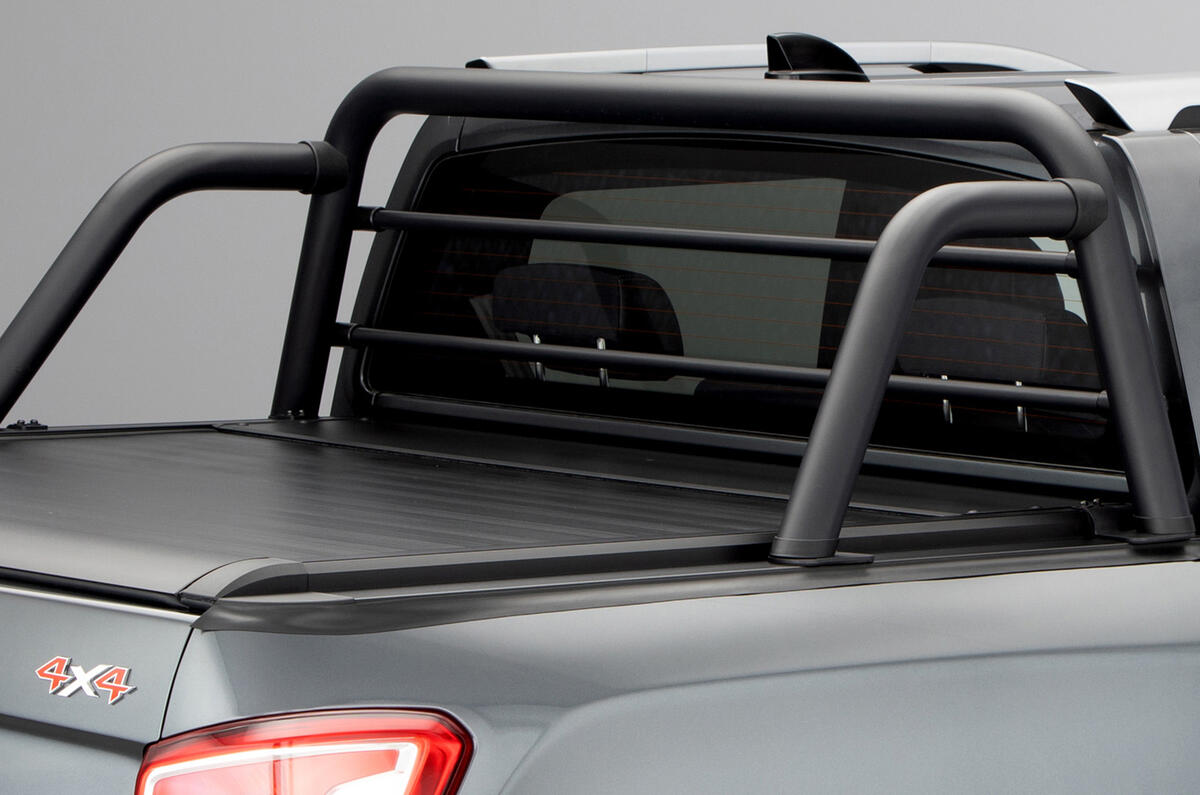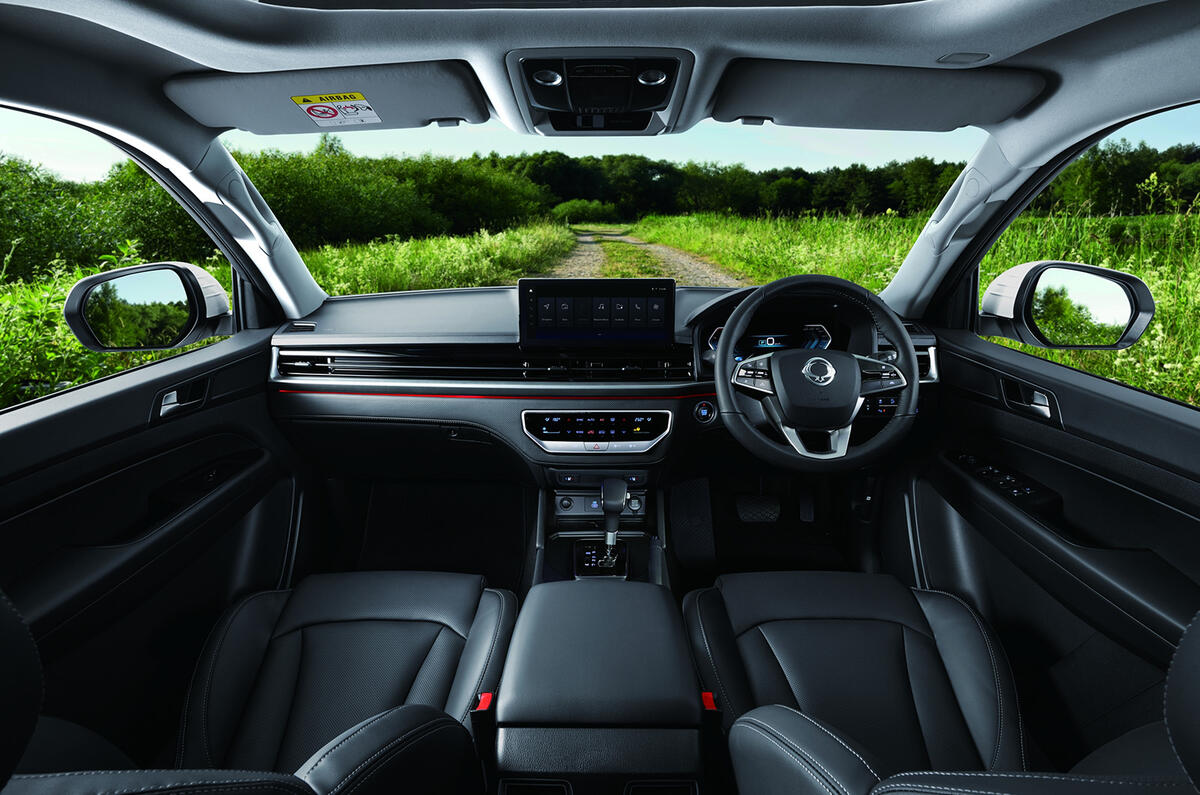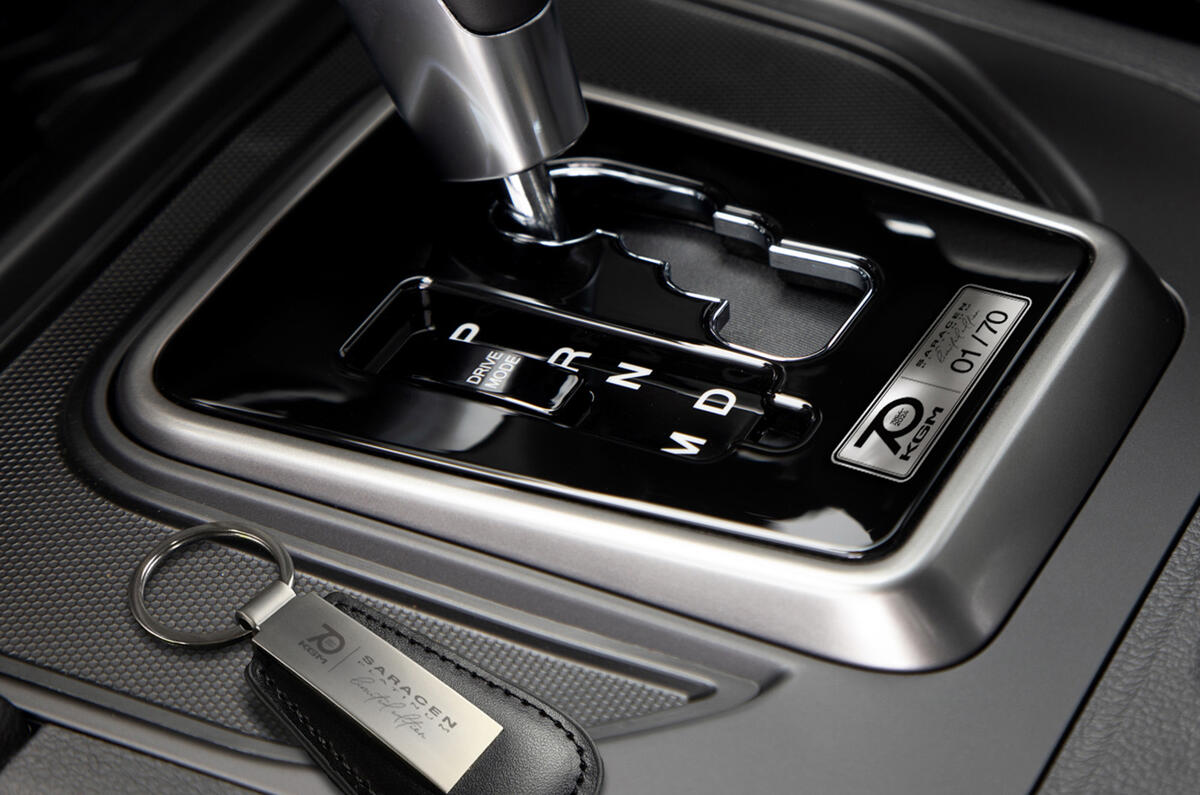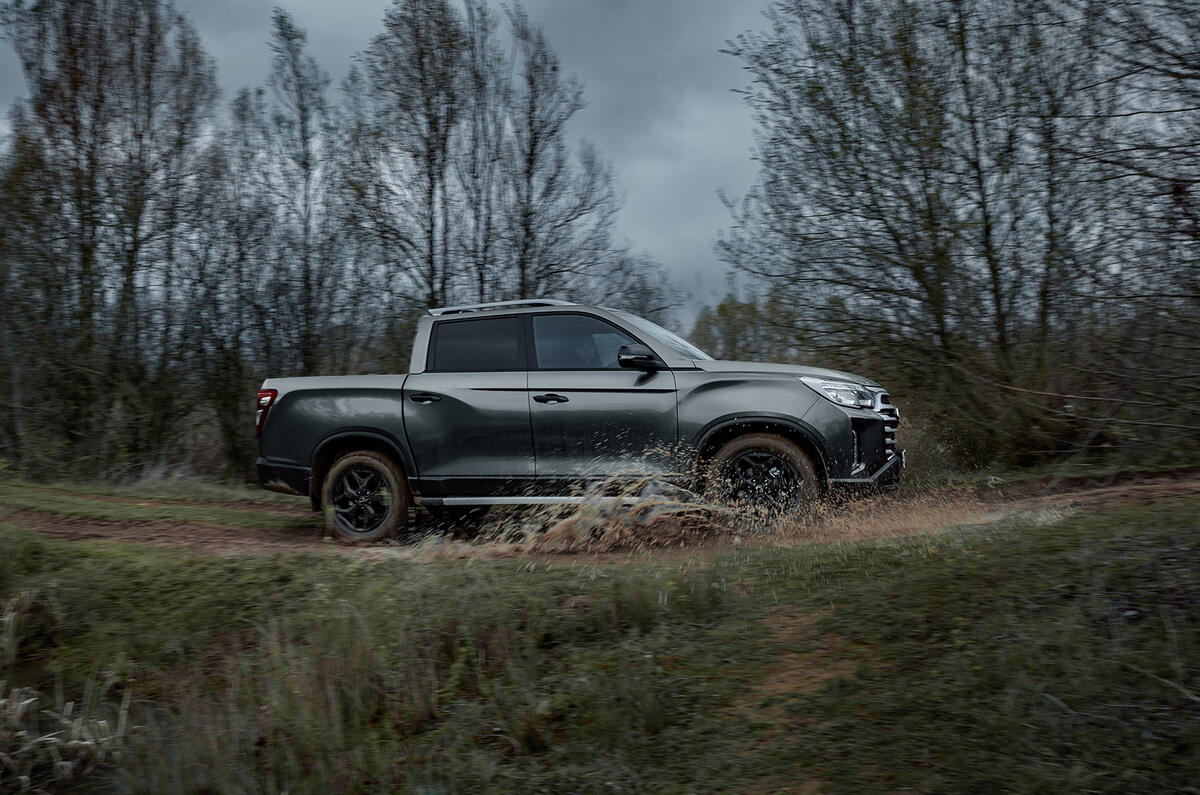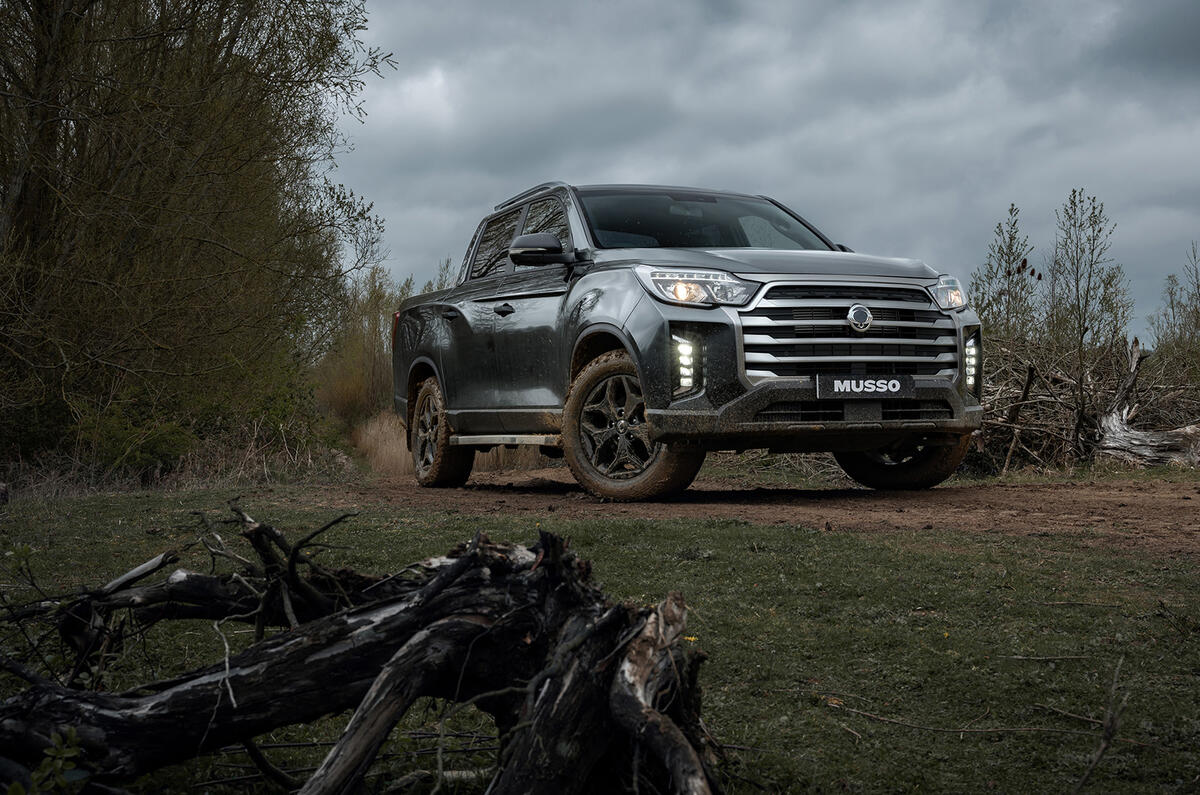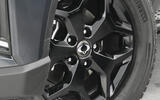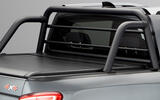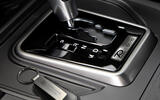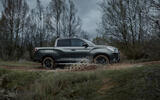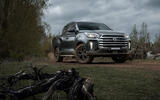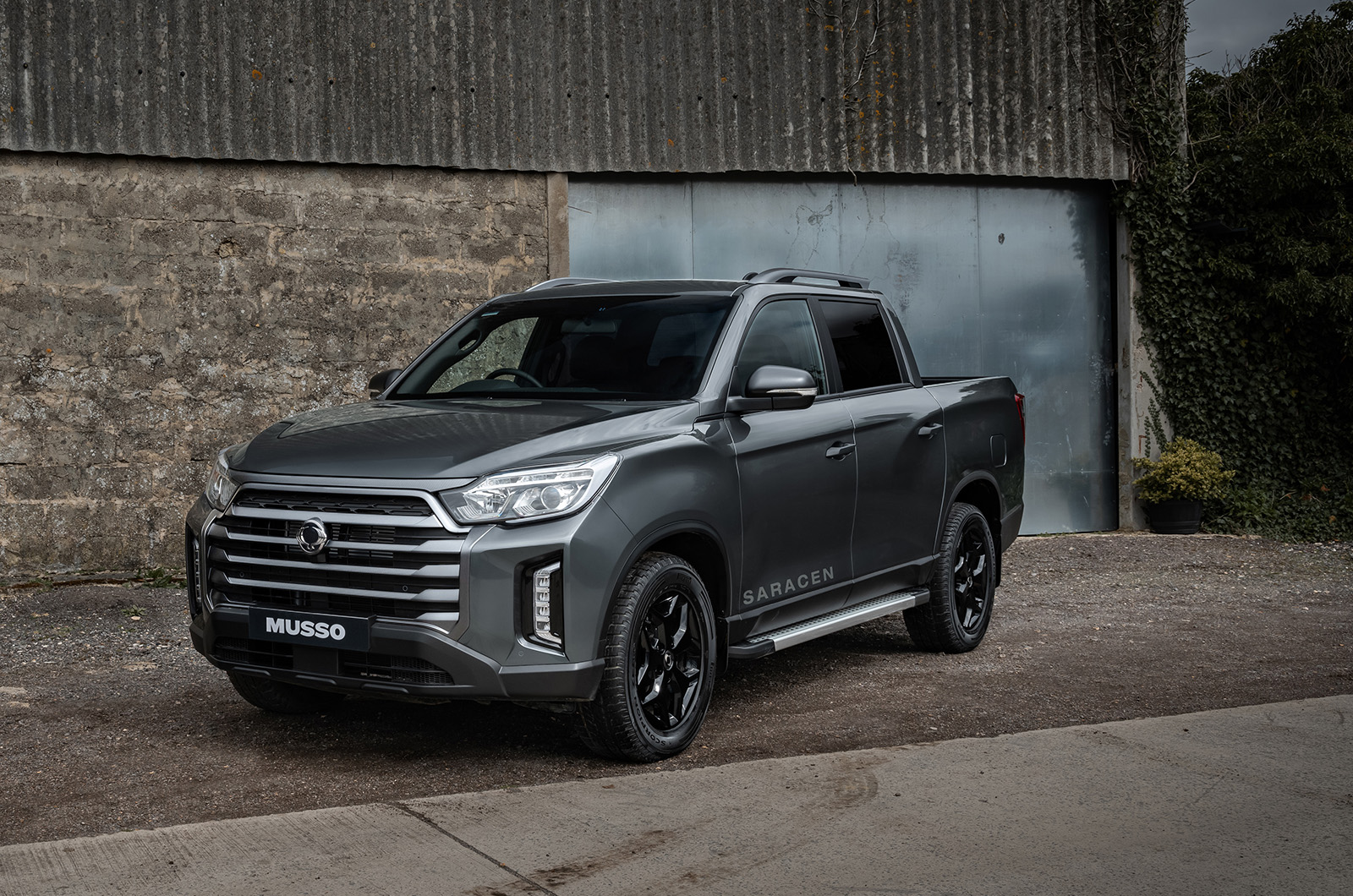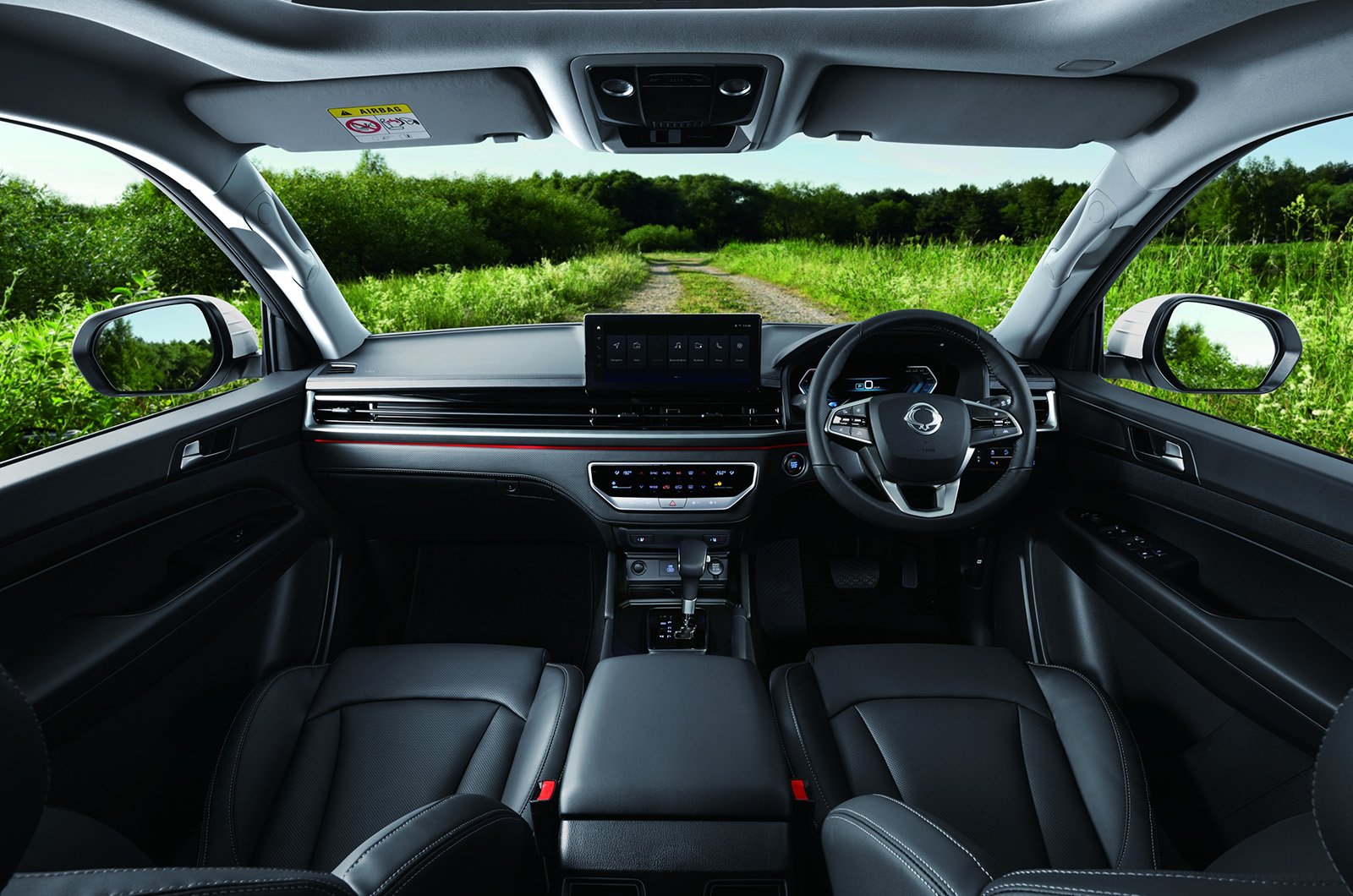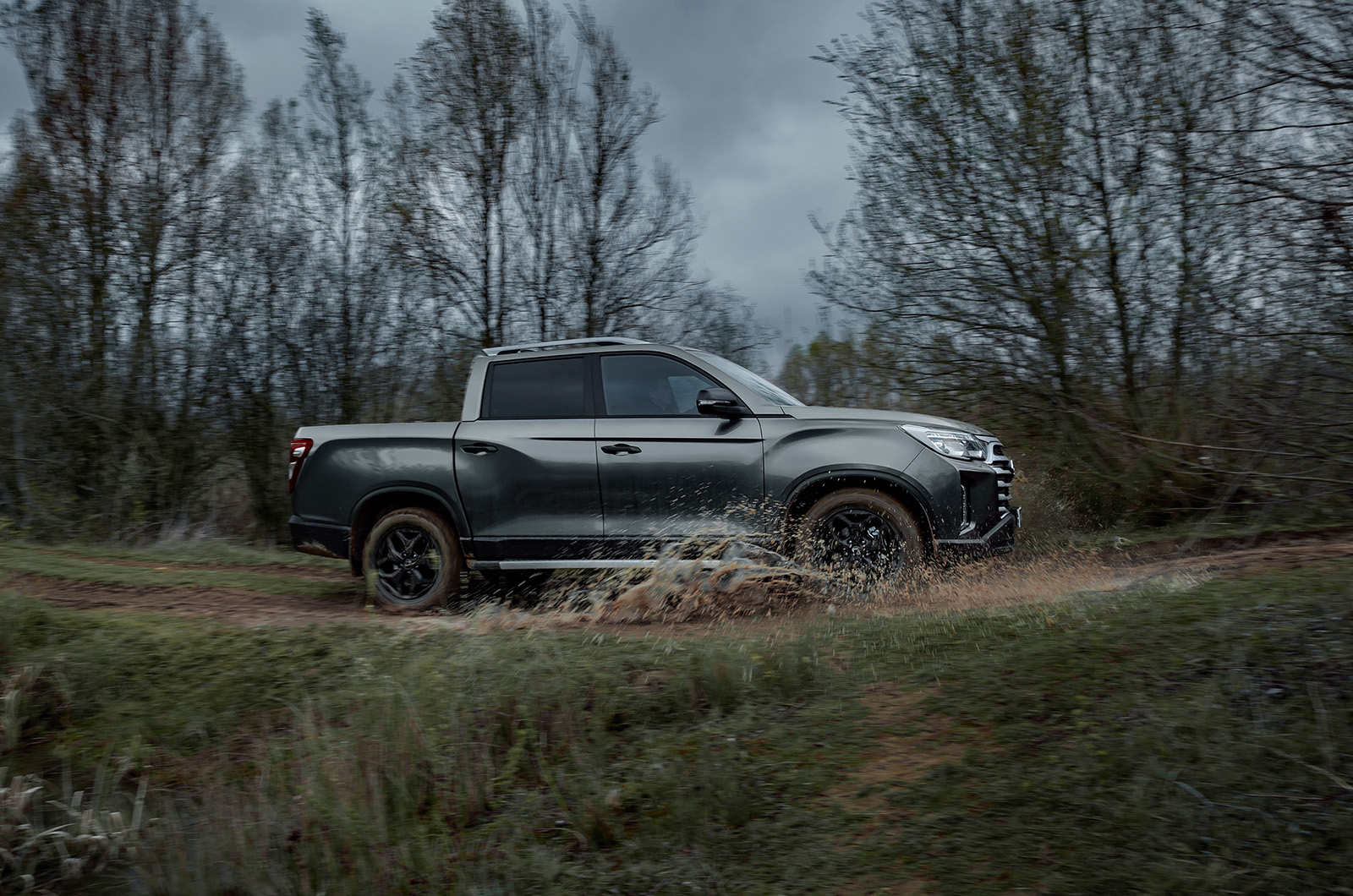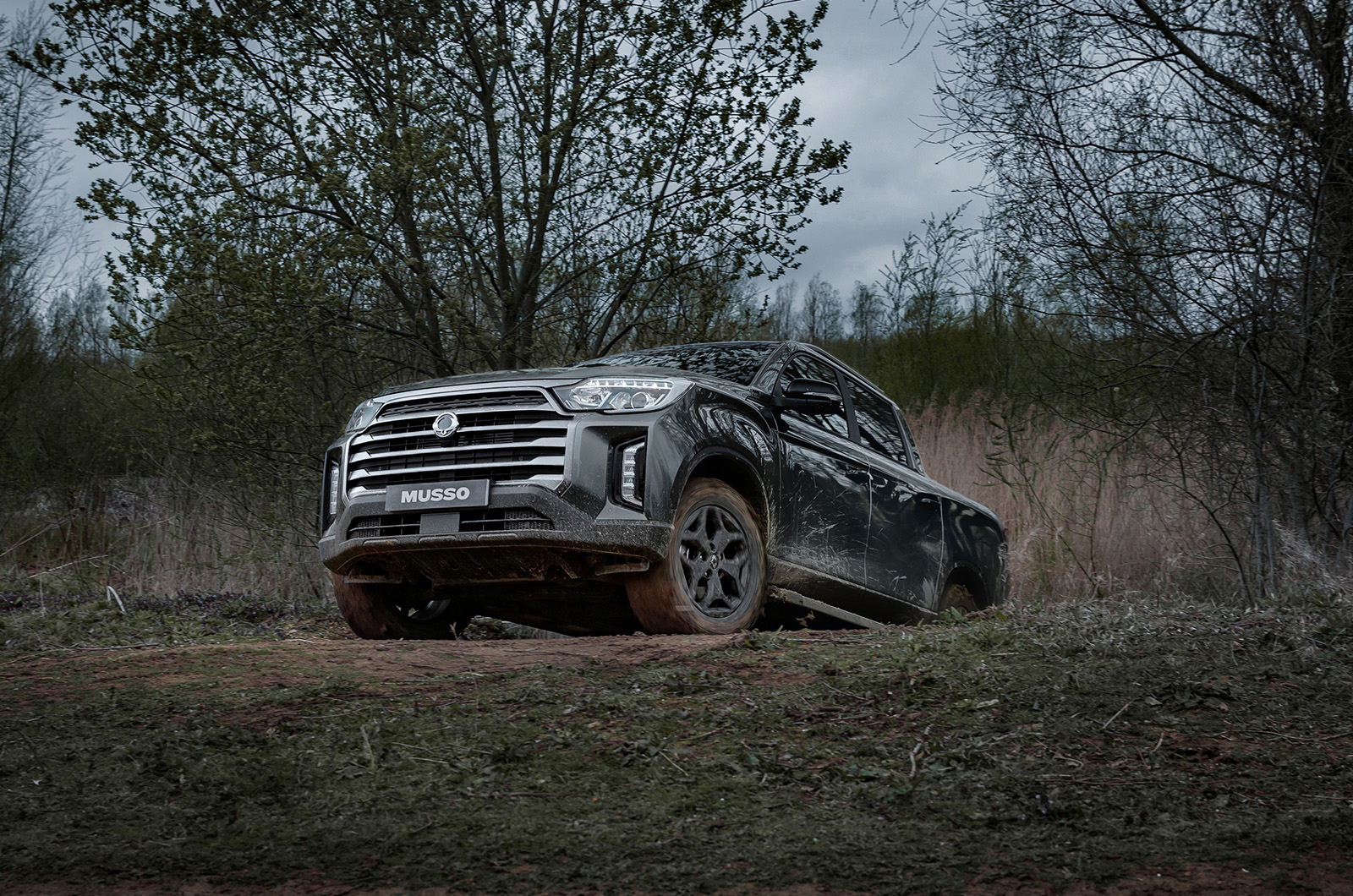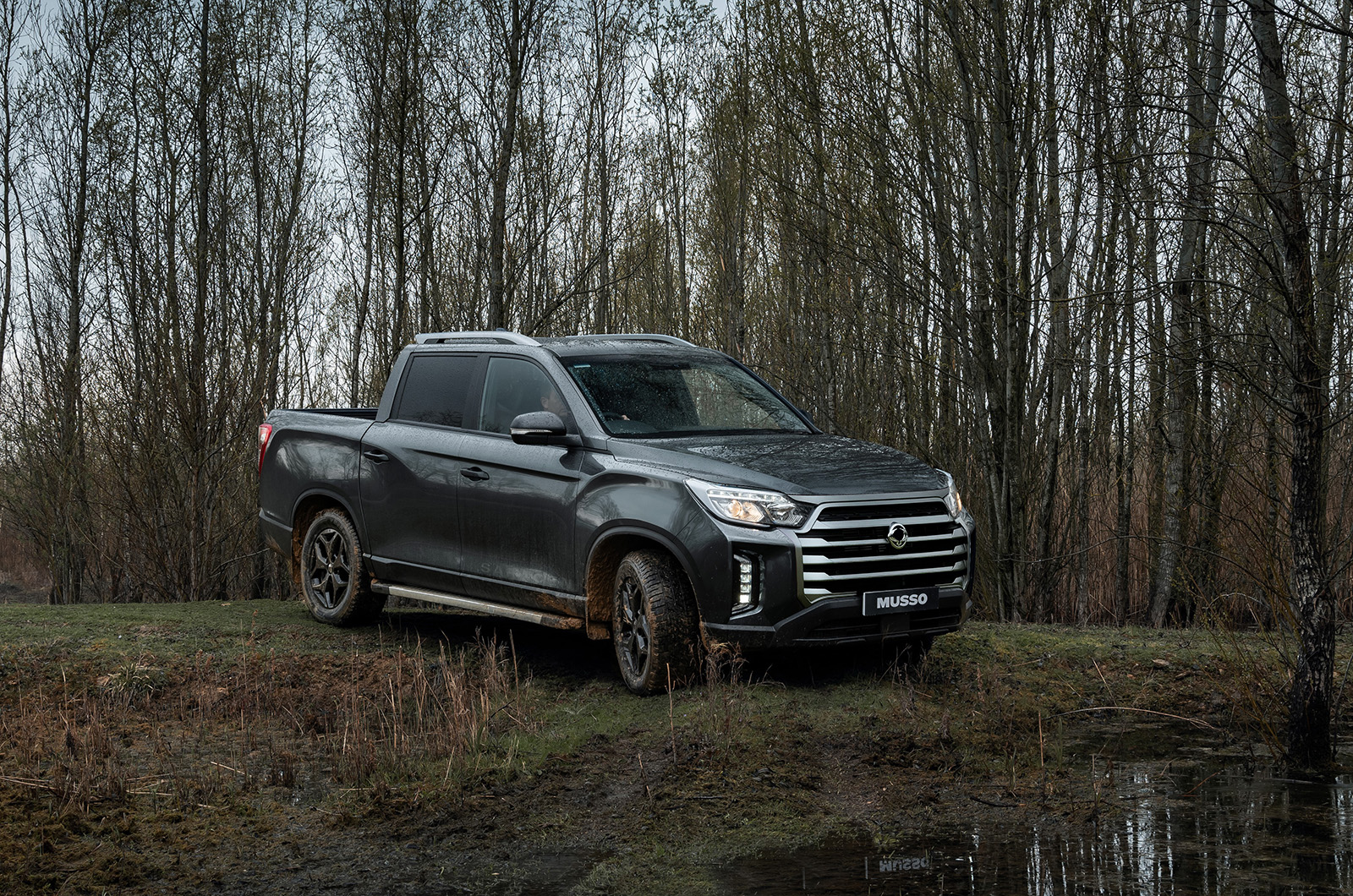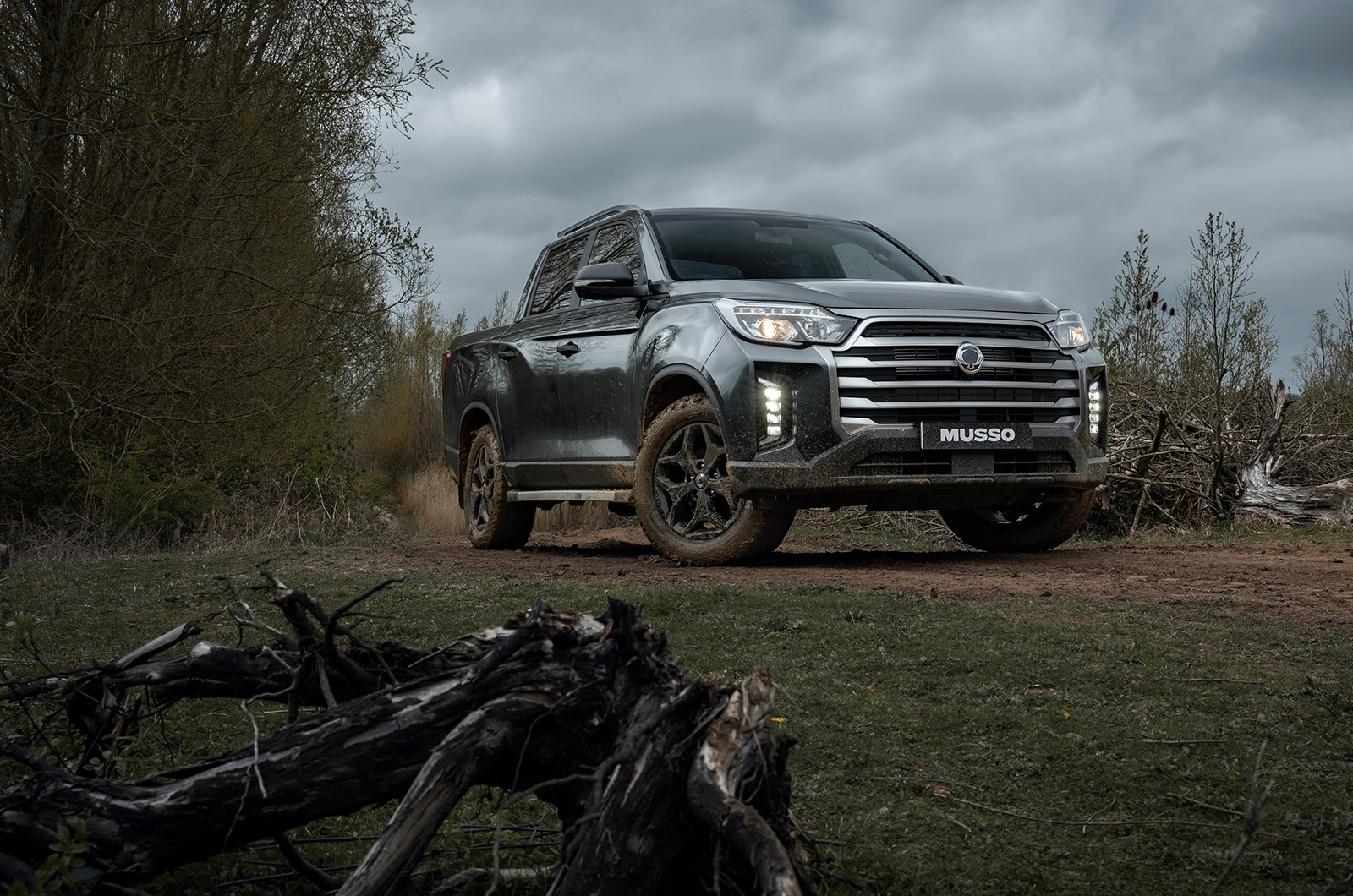For the companies now aiming to carve out a foothold at the value end of the UK’s boom-and-bust pickup truck market, a brand name that people will recognise would seem to be a rather large asset.
This is no longer the niche that is occupied by the Toyota Hilux, nor really the Ford Ranger or Volkswagen Amarok, with neither a Mitsubishi nor a Nissan to be seen either. Pick-ups of that kind have now either left the stage entirely or migrated well beyond the kind of territory in which you can go shopping for a fully-fitted, double-cab, four-wheel-drive vehicle that (after VAT, assuming you’re buying on like-for-like terms with a family SUV) can be yours for a usefully less than £40,000.
It’s a little ironic, perhaps, that the company behind the KGM Musso used to have a brand name that at least some buyers might have known. Ssangyong was never the most celebrated of Korea’s car makers. Even so, it might just have been enough to better lift the outfit now known as KGM a little further above the value melee in which it now finds itself, as other Asian brands like Maxus pile into a space where Isuzu still fights on.
The Musso certainly has some pretty no-nonsense credentials with which to go about making its reputation afresh, however. Ostensibly a flatbed version of the ladder-on-frame Rexton SUV, it offers a double cab layout, mechanical locking four-wheel drive and very modern-seeming equipment levels, from an entry price (after VAT, remember) of only just above £37,000 – a figure that won’t even get you into a 4WD Skoda Karoq crossover.
The Musso has other claims to unequalled capability and usefulness besides, to which we will come. The question is, is it also rather too rough and ready to be worth taking out of the construction yard and making room for on your family driveway?


